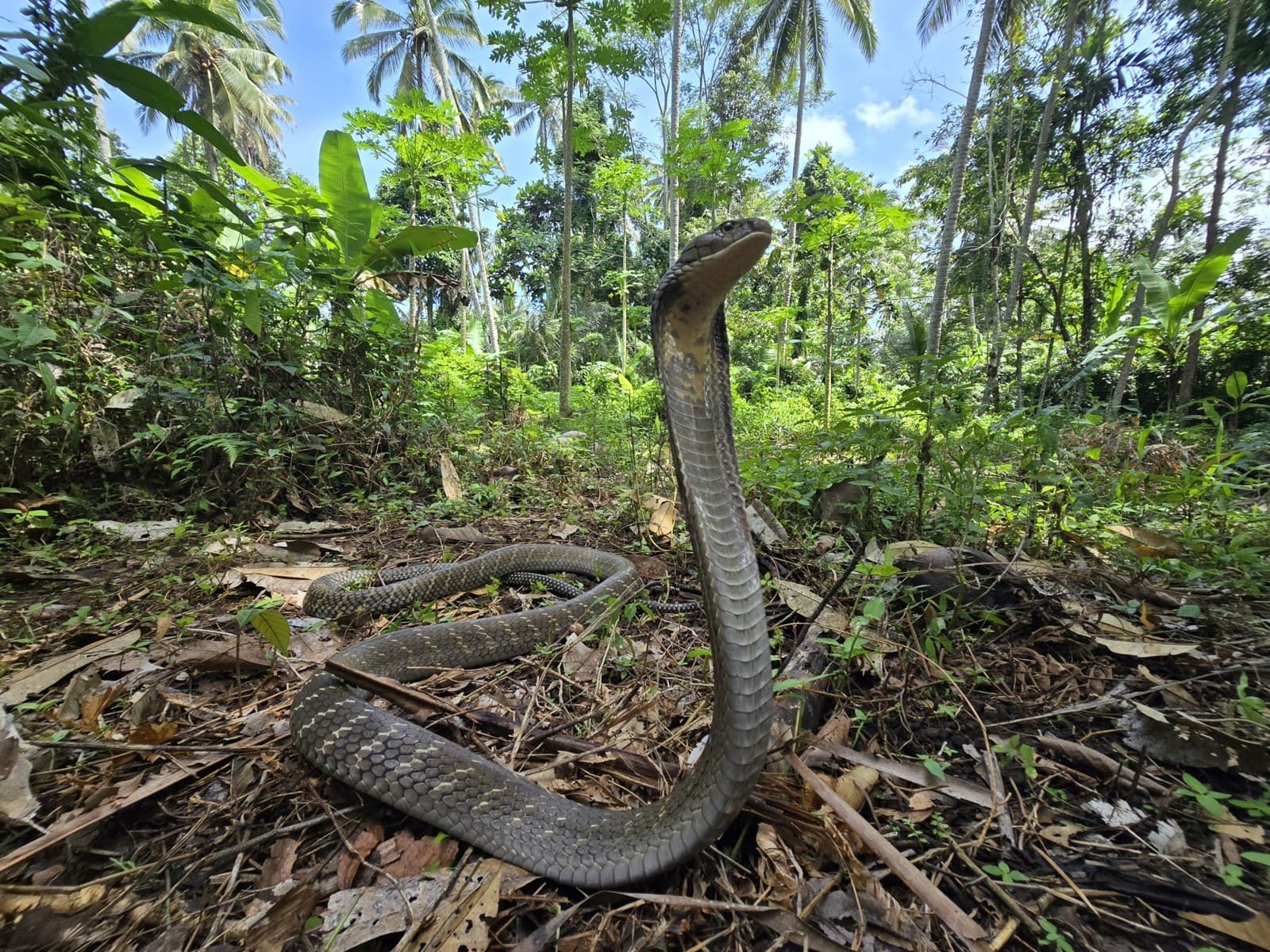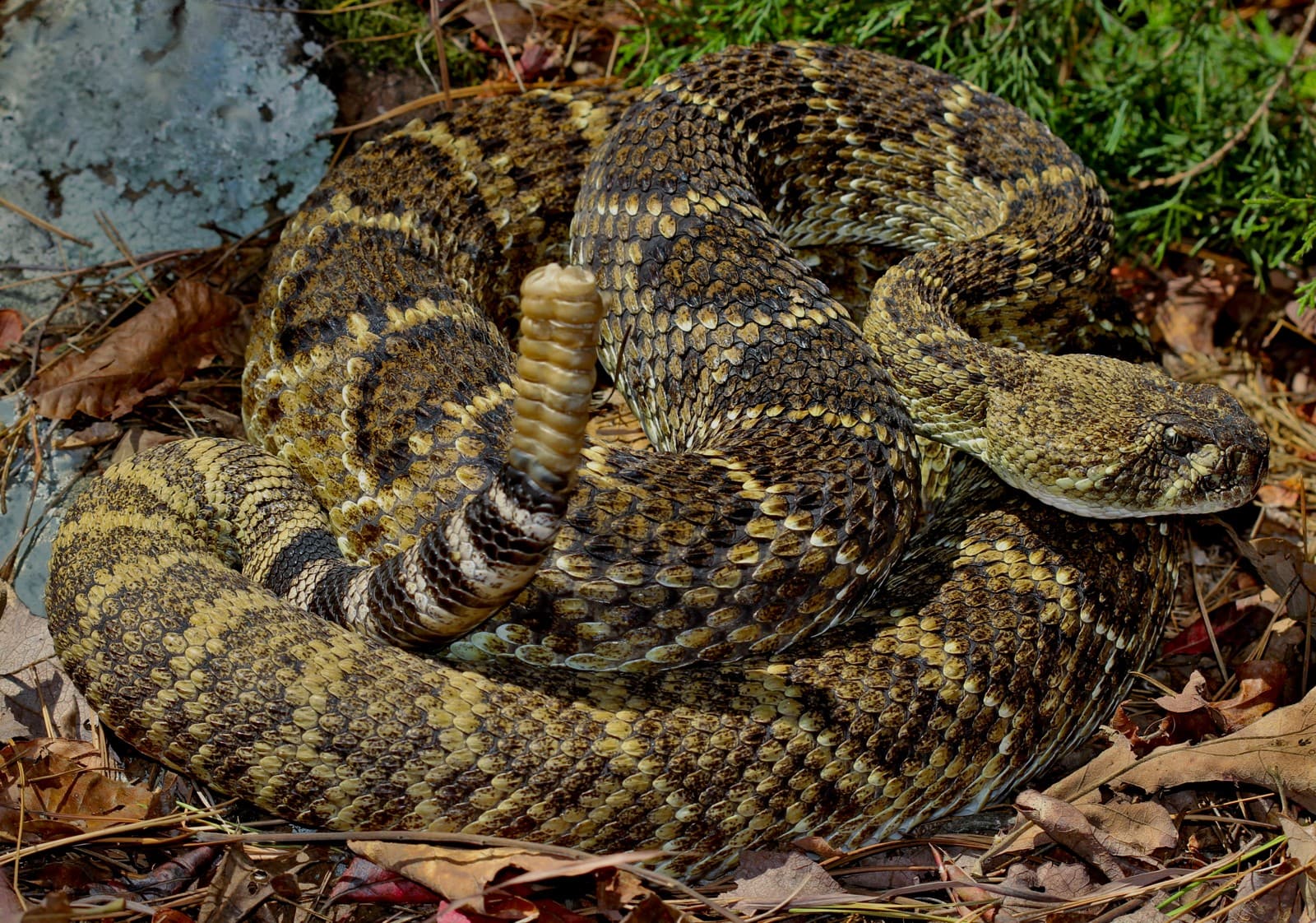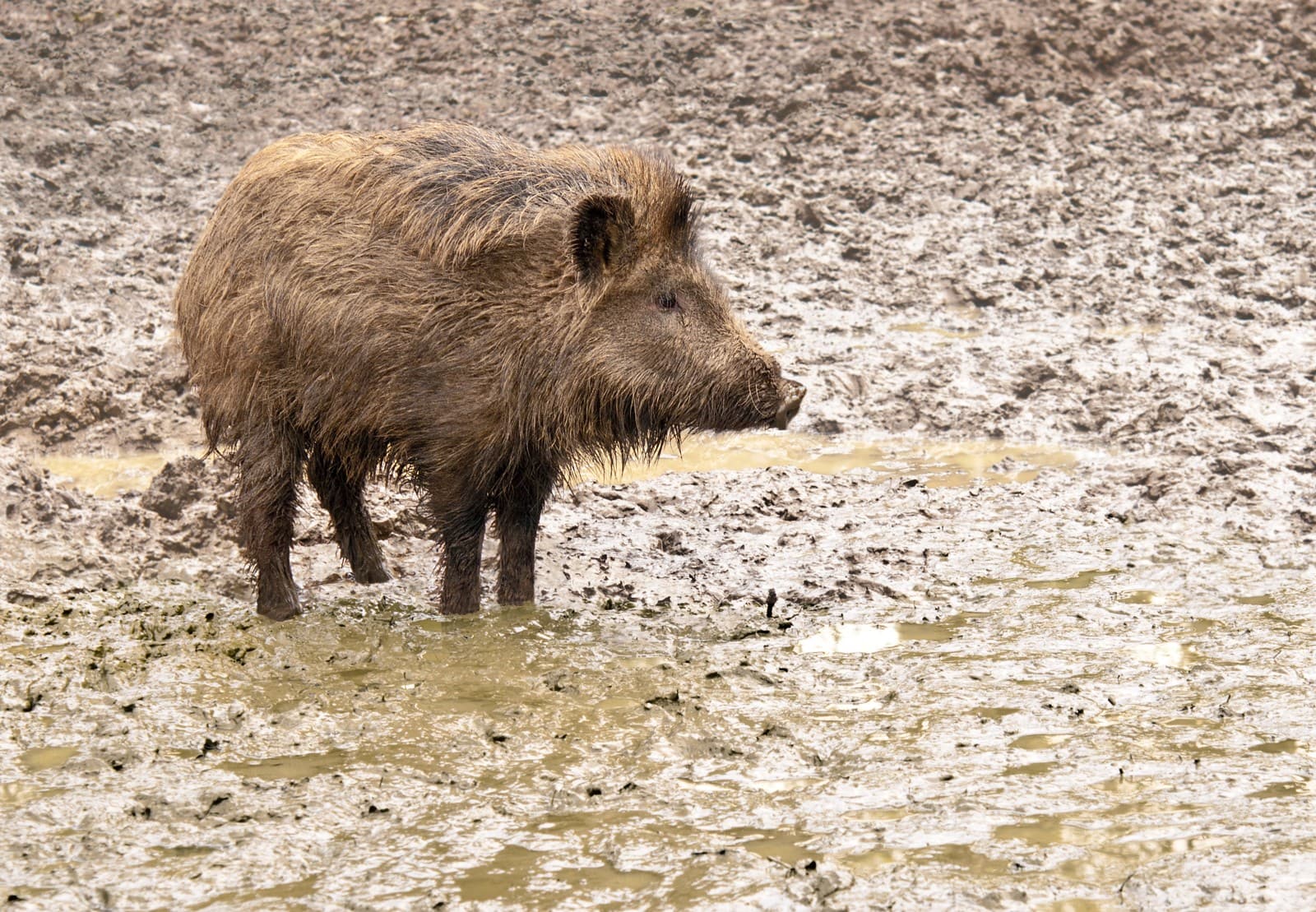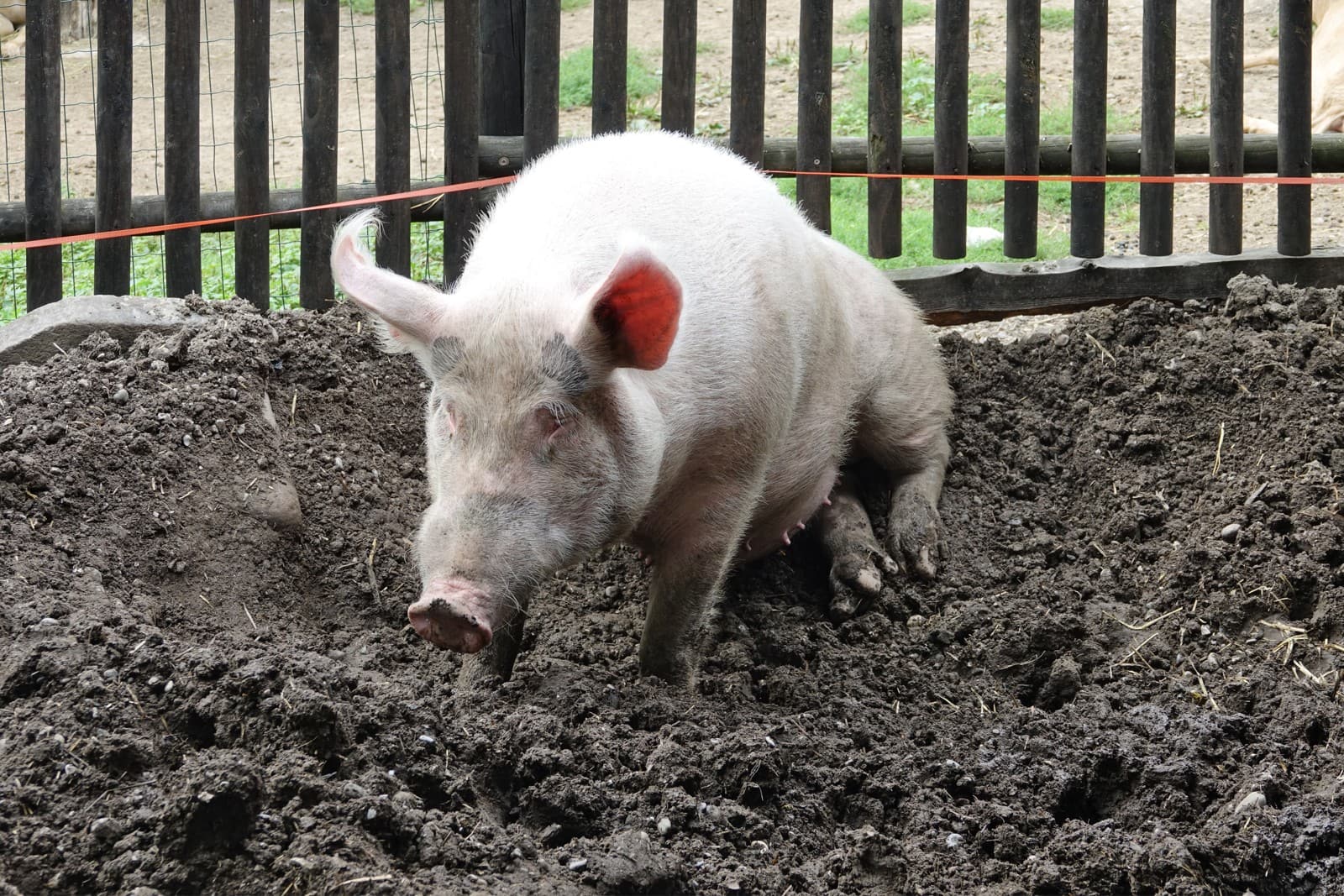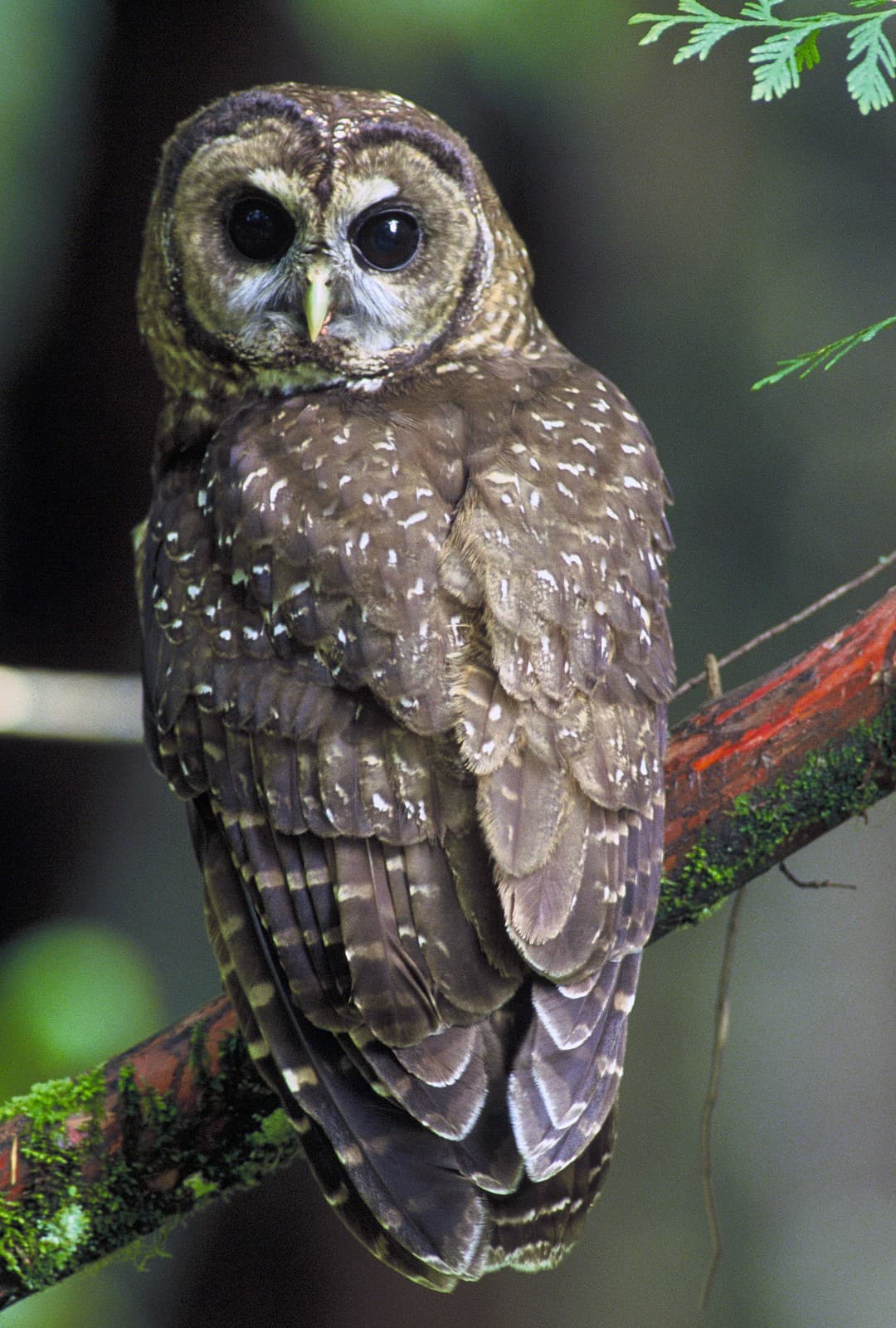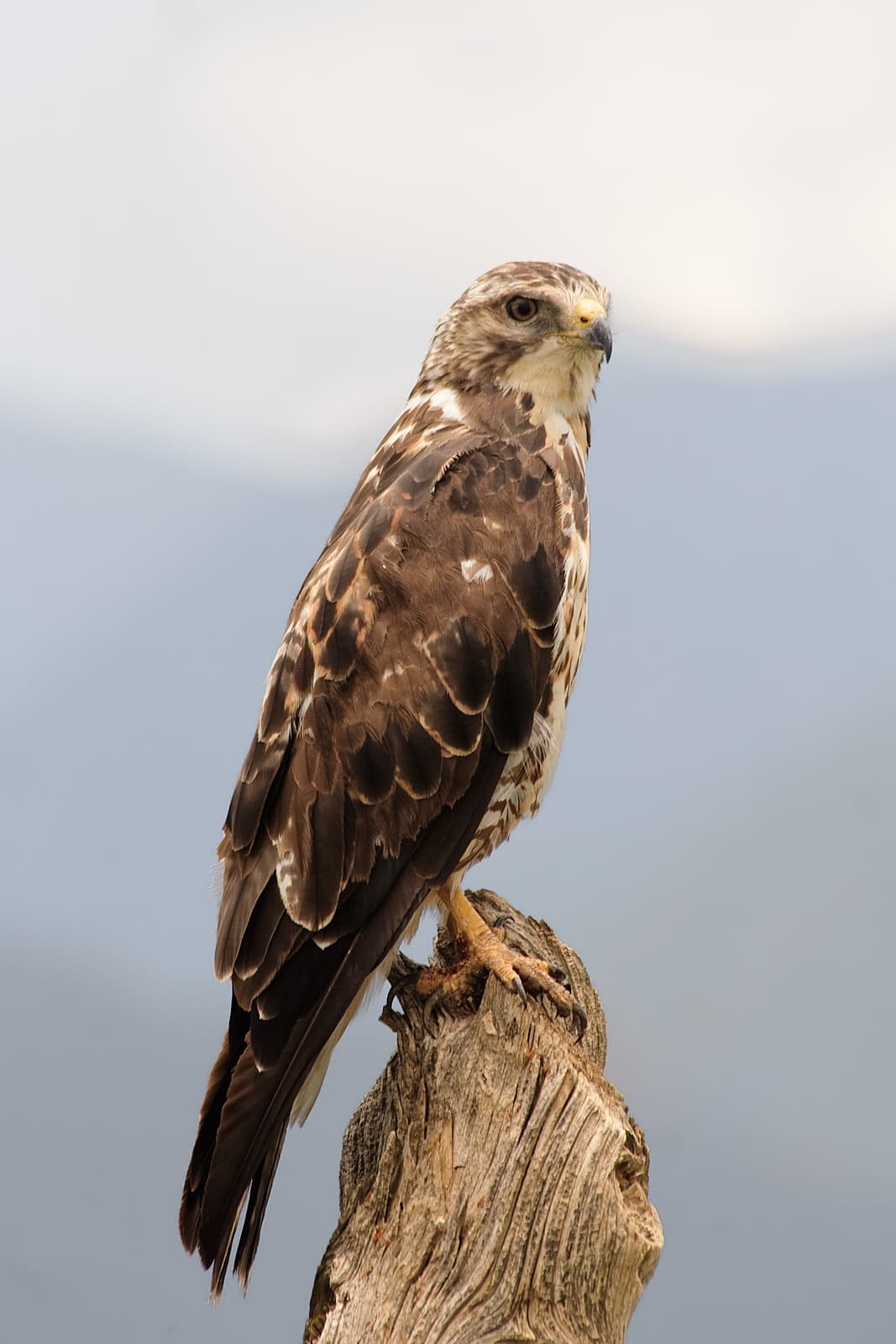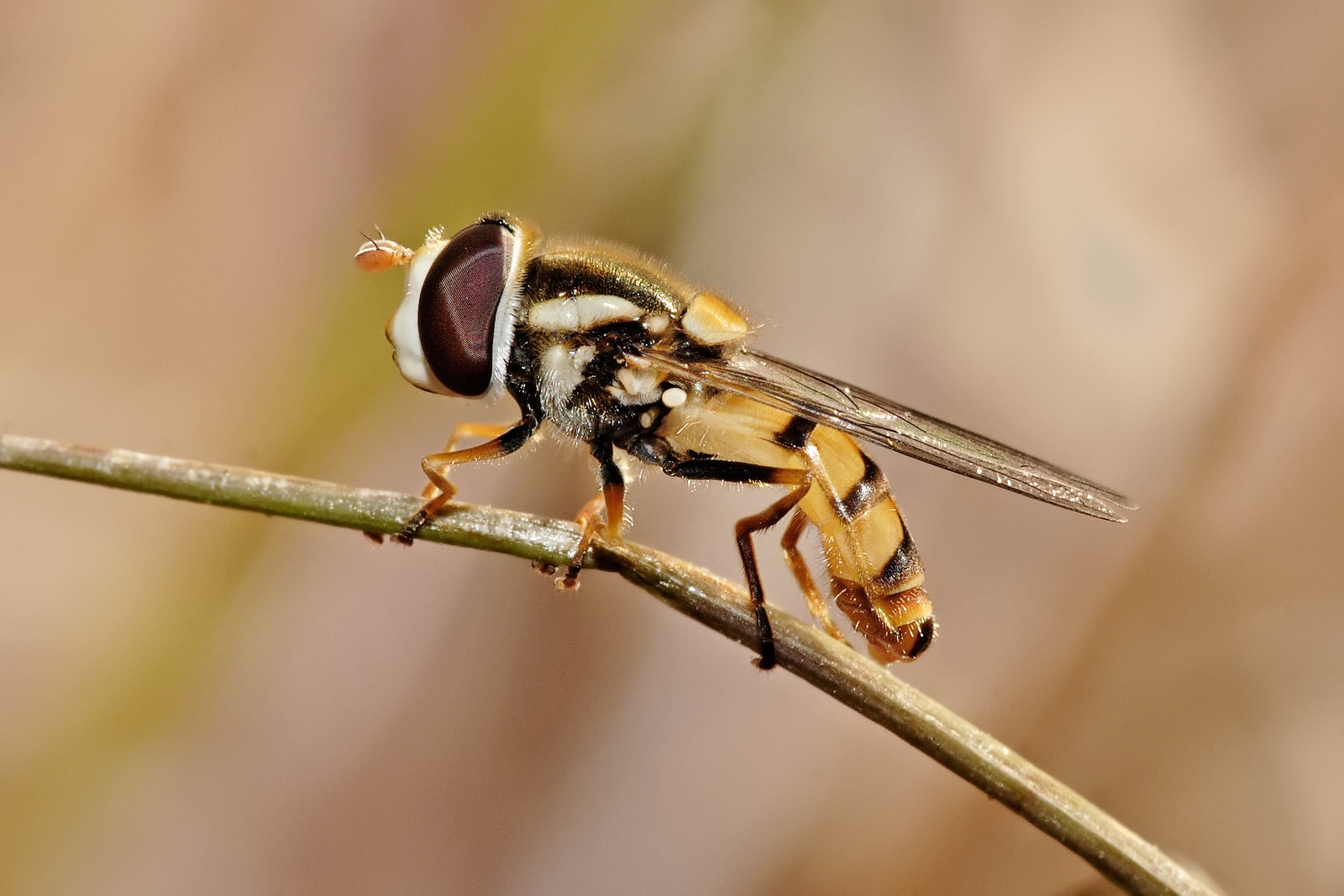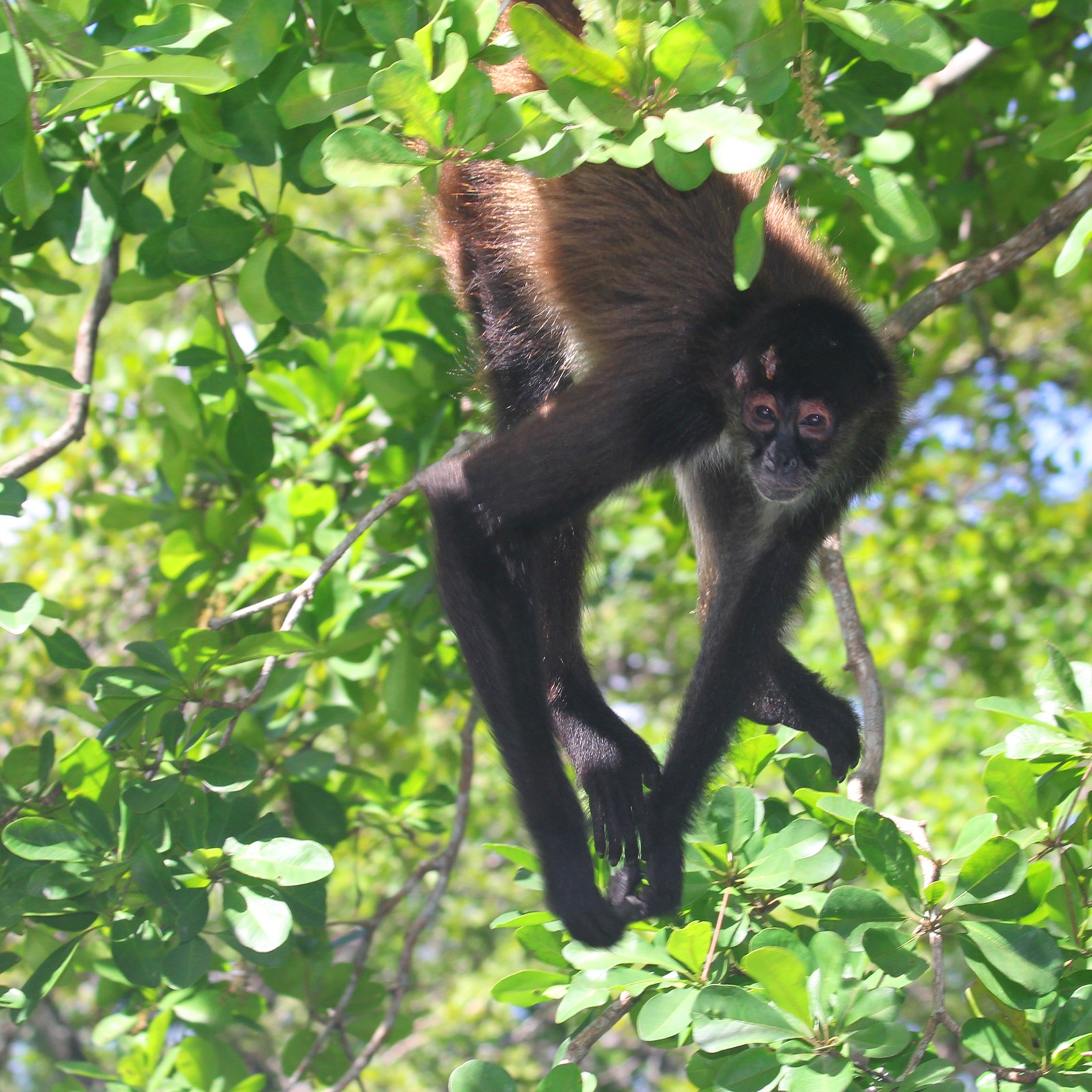Fiddler Crab vs Ghost Crab: A Complete Comparison
When comparing Fiddler Crab vs Ghost Crab, these coastal crustaceans exhibit distinct characteristics that set them apart in fascinating ways. While both species inhabit shoreline environments, Ghost Crabs (Ocypode genus) can sprint at impressive speeds up to 10 mph (16 km/h), while Fiddler Crabs (Uca genus) are known for their distinctive asymmetrical claws, with males possessing one oversized claw that can span up to 50% of their total body weight.
These remarkable creatures have evolved different survival strategies despite sharing similar coastal territories. Ghost Crabs earned their name from their pale coloration and nocturnal habits, while Fiddler Crabs are most active during daylight hours, with males waving their enlarged claws in elaborate courtship displays.
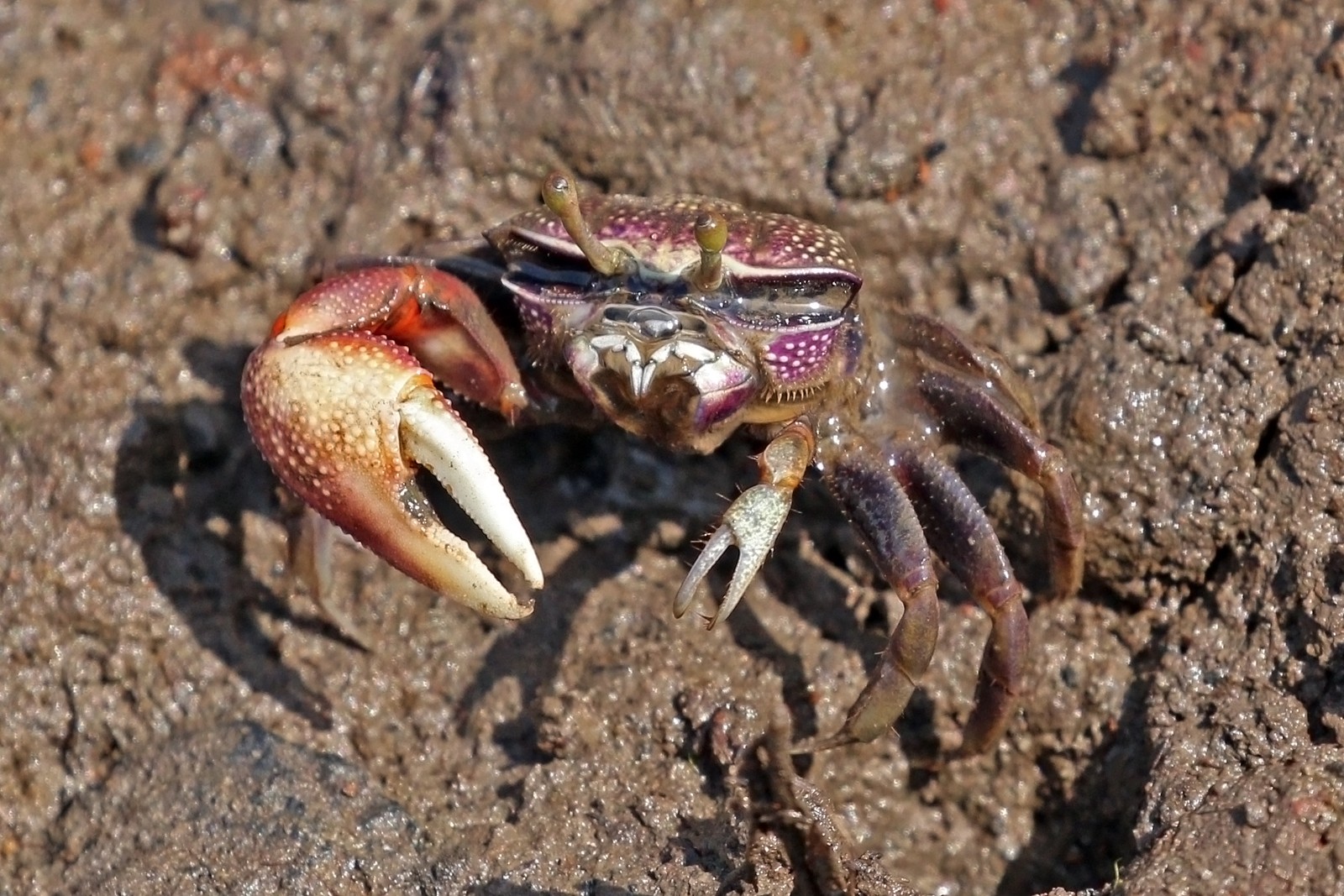
© Charles J. Sharp / CC BY-SA 4.0
The male Fiddler Crab’s iconic asymmetrical claws serve multiple purposes, from attracting mates to defending territory. This adaptation, while impressive, comes at the cost of reduced feeding efficiency compared to females who maintain two small, equally-sized claws.
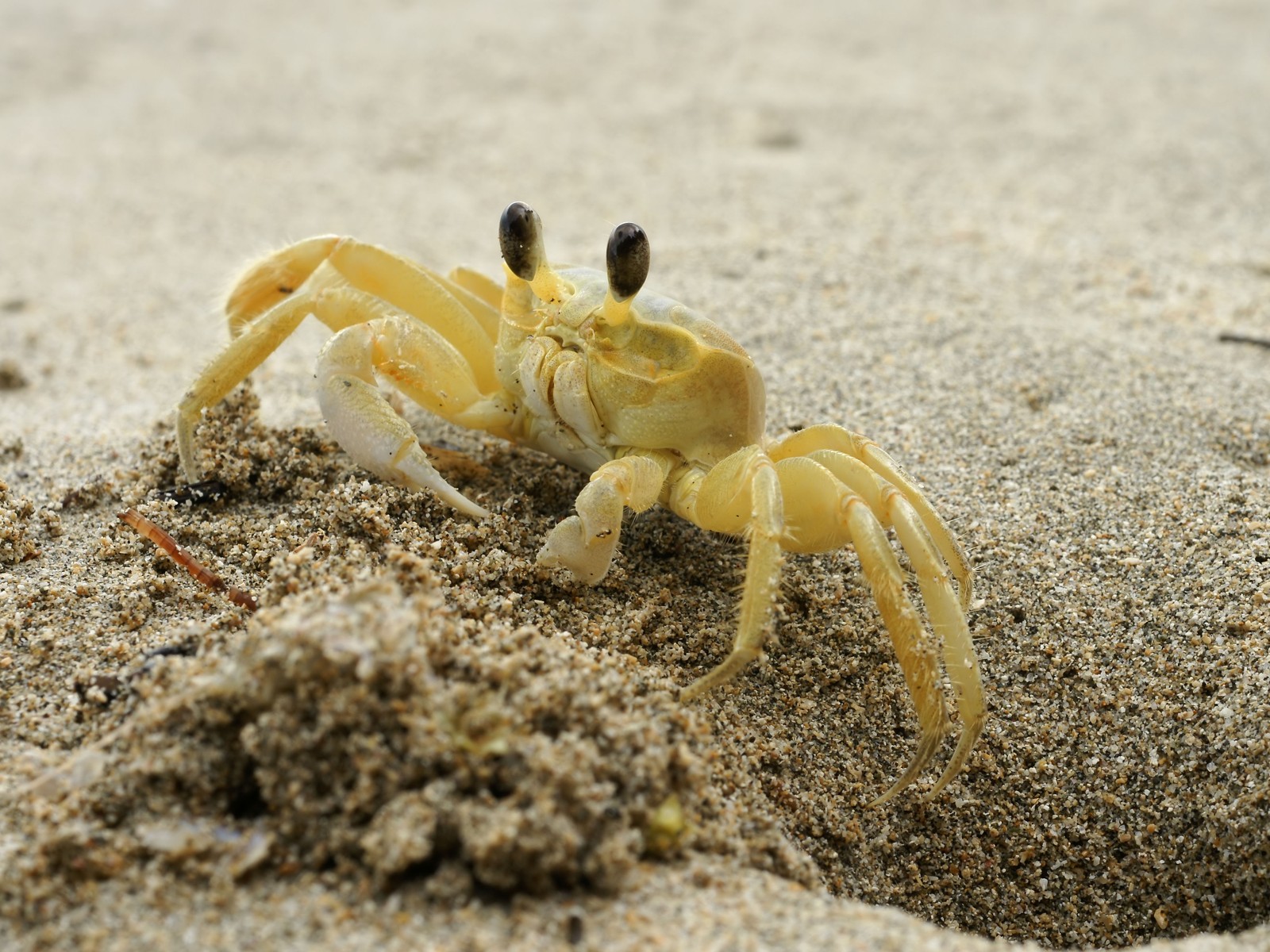
© Hans Hillewaert / CC BY-SA 4.0
Ghost Crabs demonstrate remarkable adaptations for beach life, including their pale coloration that provides excellent camouflage on sandy shores. Their box-like bodies and long legs enable them to move swiftly across the beach, making them one of the fastest invertebrates on Earth.
Key Differences Between Fiddler Crabs and Ghost Crabs
| Feature | Fiddler Crab | Ghost Crab |
|---|---|---|
| Size | 0.6-2 inches (1.5-5 cm) | 1-3 inches (2.5-7.6 cm) |
| Speed | 1.2 mph (1.9 km/h) | Up to 10 mph (16 km/h) |
| Habitat | Mudflats, mangroves | Sandy beaches, dunes |
| Activity Period | Diurnal | Nocturnal |
| Claw Structure | Males have one enlarged claw | Symmetrical claws |
| Coloration | Bright, varied colors | Pale, sandy colors |
Habitat and Distribution
Ghost Crabs prefer open sandy beaches and coastal dunes, digging deep burrows up to 4 feet (1.2 meters) into the sand. These burrows serve as protection from predators and extreme temperatures. In contrast, Fiddler Crabs inhabit muddy or sandy-mud substrates in mangroves, salt marshes, and tidal flats, where they construct shorter burrows typically reaching 6-8 inches (15-20 cm) deep.
Behavioral Differences
While both species are accomplished burrowers, their social behaviors differ significantly. Fiddler Crabs are highly social, with males performing elaborate waving displays using their enlarged claw to attract mates and defend territory. Ghost Crabs are more solitary, primarily interacting during mating season and defending their burrows from intruders.
Feeding Habits and Diet
Ghost Crabs are opportunistic predators and scavengers, feeding on:
- Small mollusks
- Beach insects
- Plant material
- Turtle eggs
- Carrion
Fiddler Crabs are deposit feeders, specialized in:
- Filtering organic matter from sand or mud
- Consuming algae
- Processing detritus
- Extracting nutrients from sediment
Survival Adaptations
Both species have evolved unique adaptations for survival in their respective environments. Ghost Crabs possess:
- Enhanced speed and agility
- Excellent night vision
- Ability to breathe both in water and on land
- Camouflage coloration
Fiddler Crabs demonstrate:
- Sexual dimorphism with specialized male claws
- Complex social behaviors
- Efficient feeding mechanisms
- Tidal rhythm synchronization
Who Would Win in a Confrontation?
In a theoretical encounter between these species, the Ghost Crab would likely prevail due to its:
- Larger size (up to 3 inches vs 2 inches)
- Superior speed and agility
- More powerful symmetrical claws
- Predatory nature
However, such confrontations rarely occur in nature as these species typically occupy different ecological niches and rarely compete directly for resources.
